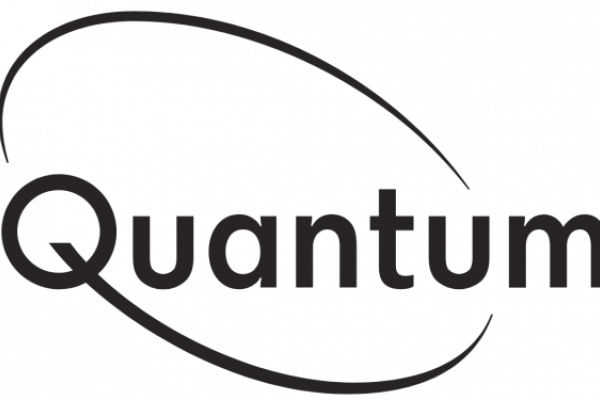QuantumScape is cutting back on staff and building production lines to conserve cash as it commercialises its solid state lithium metal battery technology. The company has shipped samples of its battery to a tier one car maker and a pure EV maker as well as consumer electronics customers but the company is preparing for the downturn.
“Our most important goal for 2022 was to ship our first 24-layer A0 prototype battery cells to customers. While specific customer testing protocols and results can’t be disclosed, we can report that generally, most cells have performed well on initial testing, including fast charge and early-cycle capacity retention; however, we must continue to improve cell reliability as we move from prototype to product. This is a key focus area for 2023,” says Jagdeep Singh Founder, CEO & Chairman,
The 24-layer A0 is the first in a series of A-sample prototypes that are part of an iterative development process, designed to demonstrate the core capabilities of the technology. This uses a proprietary cell architecture, a hybrid between pouch and prismatic cell formats, designed to accommodate the volume expansion and contraction that occurs during the charge and discharge of lithium-metal batteries.
“We believe this 24-layer A0 milestone represents a significant step forward, though more work remains to turn our technology into a commercial product,” said Singh. “We continued to see strong interest in next-generation batteries for EVs from a variety of automotive OEMs, culminating in sampling agreements with three more automakers, including a top-10 automotive OEM by global revenue and a pure-play EV OEM,” he said.
Energy density is an important feature for batteries in the consumer electronics market, and the company has shipped dozens of single-layer pouch cells for customer testing with zero externally applied pressure. These are exceeding 800 charge/discharge cycles, a key requirement for many consumer electronics applications.
The company spent $158.8m on capex in 2022, with $266.3m operating expenses. “For the full-year 2023, we expect capital expenditures to be between $100m and $150m and cash operating expenses between $225m and $275m,” said Singh. “This guidance reflects our efforts to preserve our commercialization goals while conserving cash and extending our runway given the macroeconomic environment, primarily by optimizing non-personnel resources (e.g., reduction in services, materials, utilities) as well as rebalancing personnel.”
The company raised $1.2bn and went public in 2020 and has a joint venture with Volkswagen. It aims to boost the energy in the cells and improve the packaging.

